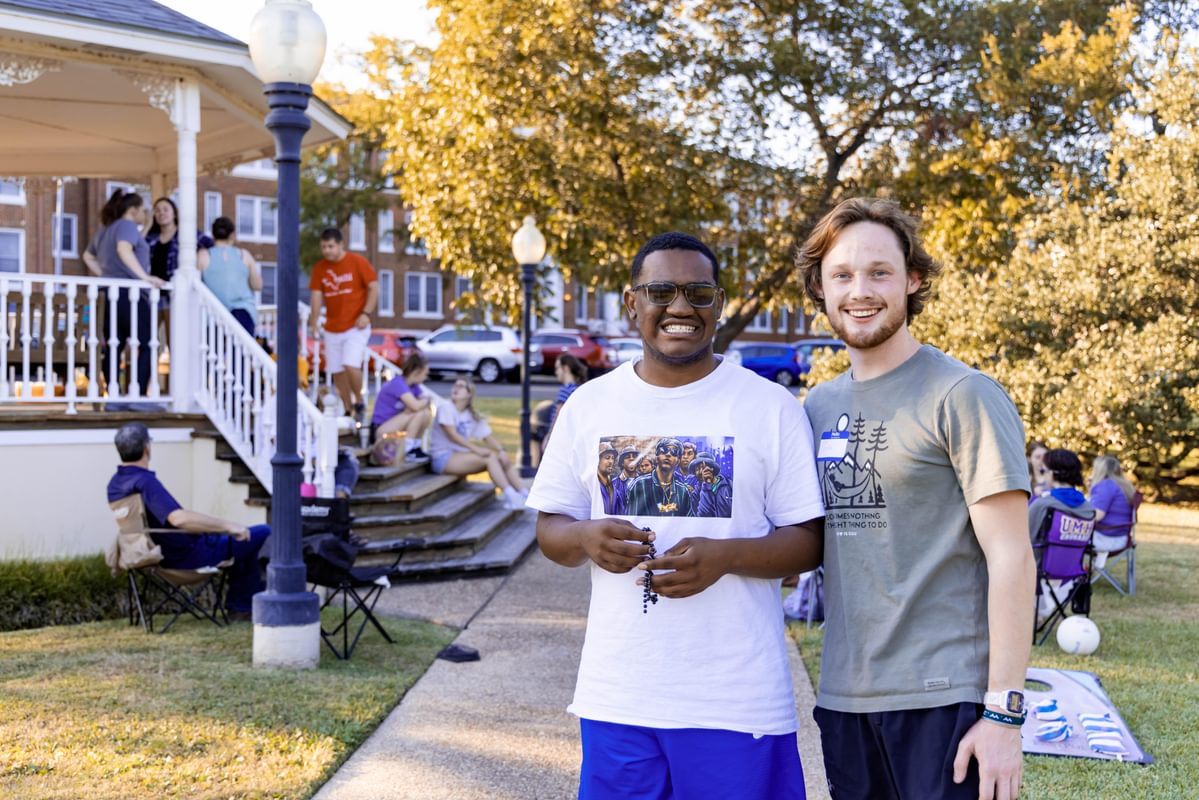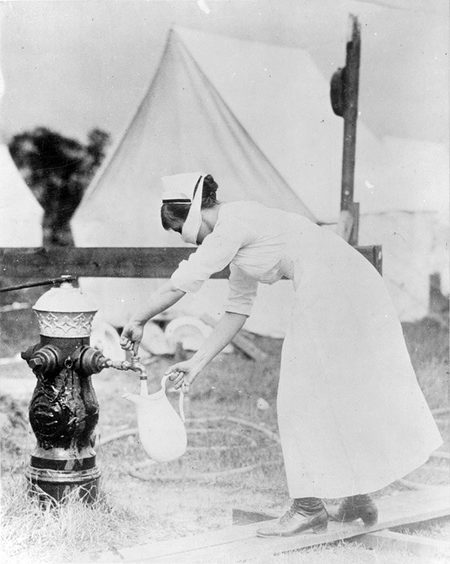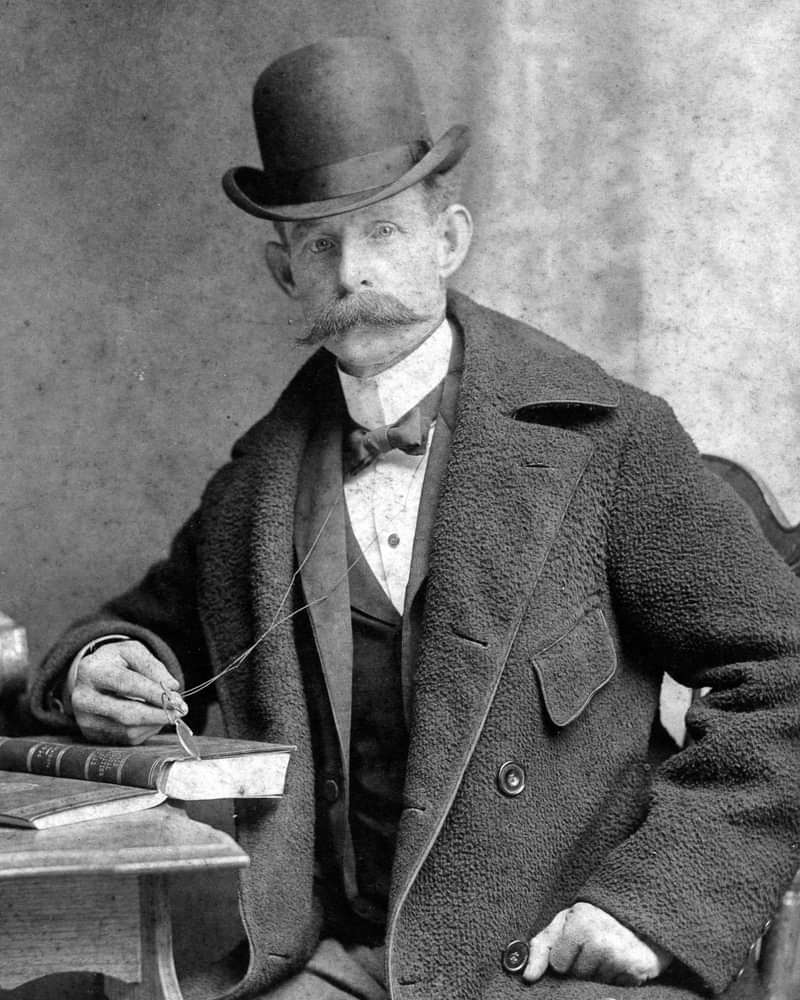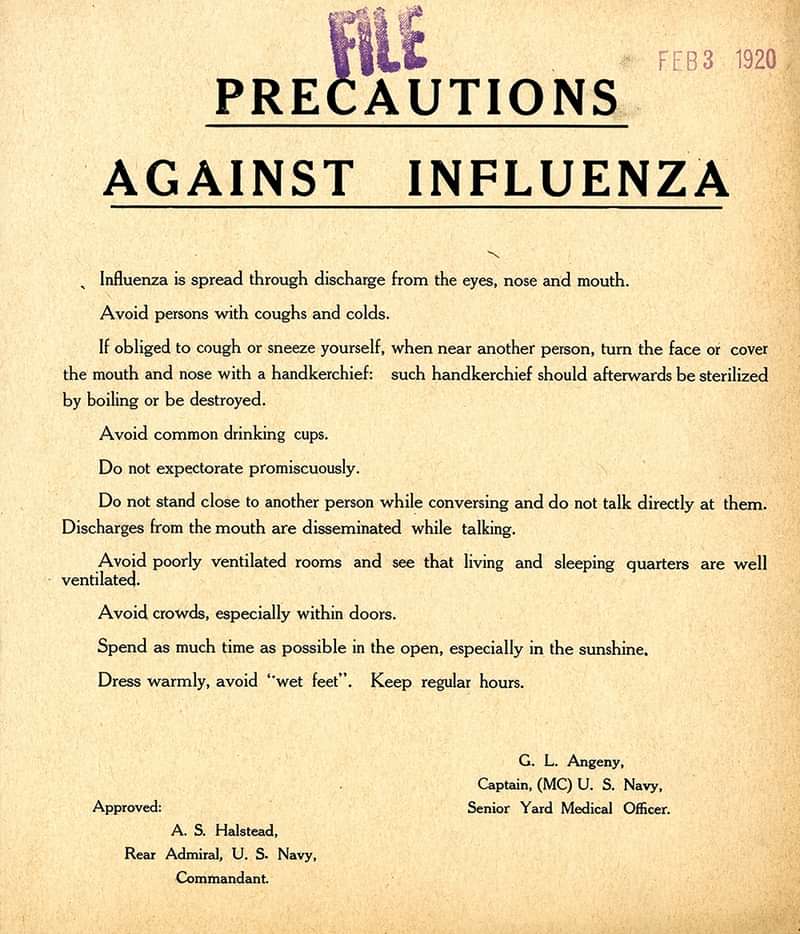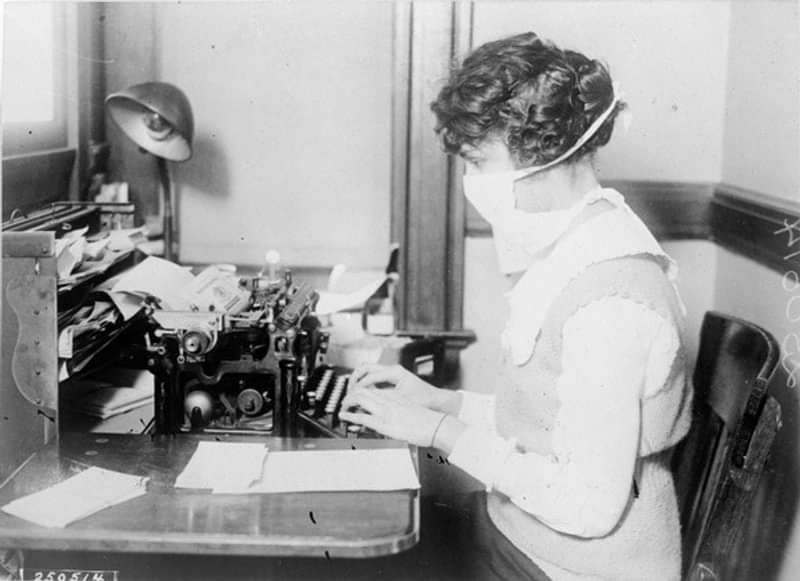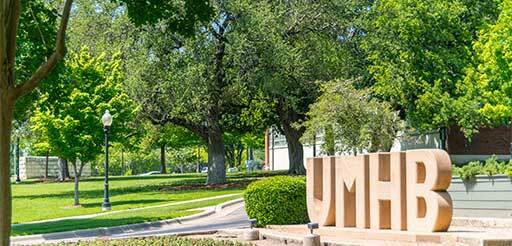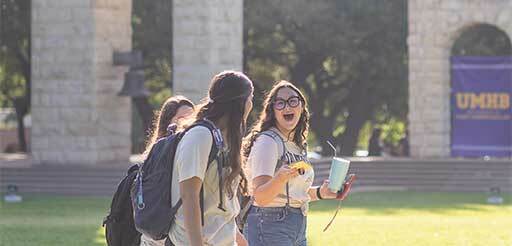By Christi Mays
When COVID-19 hit Central Texas two years ago, it wasn't the first pandemic to lock down campus, and it wasn't the first time safety precautions, such as wearing masks and social distancing, became commonplace.
A similar lethal epidemic swept through campus, ironically almost exactly 102 years ago to the day the COVID-19 virus shut down campus in March 2020 during spring break; it was the 1918 influenza, also known as the infamous Spanish flu.
Then known as Baylor College for Women, in 1918, campus enrollment was about 600 women. In the time span of about three months, more than 400 of those students, plus 50 faculty and staff, contracted the deadly disease that was wiping out millions worldwide. Thanks to the revolutionary efforts of Dr. Jacob Moore "J.M." Frazier—rightfully known as a legend in his own time—not a single student or teacher perished during the horrific epidemic that is thought to have killed upwards of 50 million people worldwide
"From a statistical standpoint, mortality rates for Spanish flu were in excess of 2.5 percent. With that in mind, we would expect to see at least 10 to 12 deaths based on the number of cases on campus," said Blaine French, an assistant professor in the physician assistant program. "To put it in perspective, the city of Temple simply stopped counting fatalities but reported they had to purchase 1.5 additional acres (to accommodate all the burials). God has an amazing way of showing His grace, and I think that sparing the students and faculty at UMHB was a clear sign of that."
